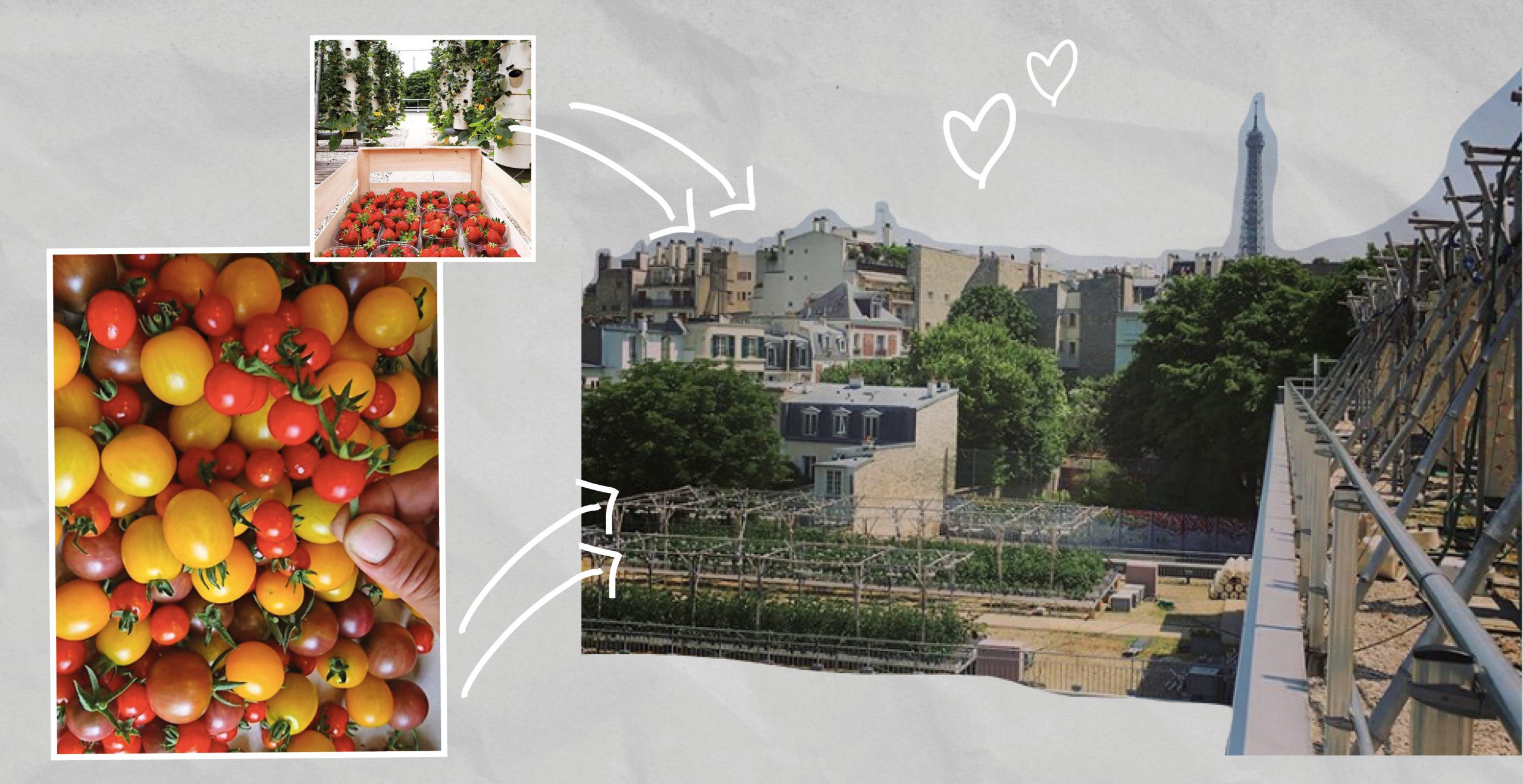Are you tired of having the same boring rooftop parties, with just drinks and music? Well, now it’s time to add some extra flavor to your gatherings with the latest trend of rooftop farming. You might have heard of Paris’ “Nature Urbaine”, which is now the world’s largest urban rooftop farm. With more than 14,000 square meters, this farm is growing strawberries, lettuce, tomatoes, aubergines and a variety of herbs like basil, sage, and peppermint.
The team at Nature Urbaine is harvesting a whopping 1,000 kilograms of vegetables and fruits every day, with over 30 different varieties. However, the variety is limited due to the length of roots of some vegetables like carrots and potatoes, and the fact that fruit trees and root vegetables are not suitable for rooftop farming. Legumes like beans take up a lot of space and give little reward, making them unsuitable as well. But despite the limitations, rooftop farms like this can still contribute to the overall food supply in cities, and also add to the amount of arable land.
Imagine having a small patch of land in your city that you could use to grow your own food. With rooftop farming, you don’t even need a backyard, just a rooftop! This is a great way to not only save money on groceries but also contribute to a more sustainable food system. Moreover, the rise of rooftop farming is also boosting the number of vegetarians, as it allows people to grow organic food without having to raise cattle.
Rooftops, walls and small patches of land in cities are often unused and can be developed into rooftop farms. With just a little effort, you can grow your own fresh produce and enjoy it in your meals. And the best part is, it’s all organic, pesticide-free and locally grown!
So why not start today and join the rooftop farming revolution? Imagine having fresh herbs and vegetables in your salads, and juicy strawberries in your smoothies. It’s a fun and rewarding experience, not to mention the positive impact it has on the environment. Start small, with a few pots on your balcony, or go big with a rooftop farm like Nature Urbaine. Either way, rooftop farming is a trend that’s here to stay, and it’s a great way to bring people together and make a positive change in the world.
In conclusion, rooftop farming is a fun and easy way to grow your own food, reduce your carbon footprint, and enjoy fresh and healthy meals. So, why wait? Get ready to add some extra yum to your next rooftop party and start your own rooftop farm today!



























